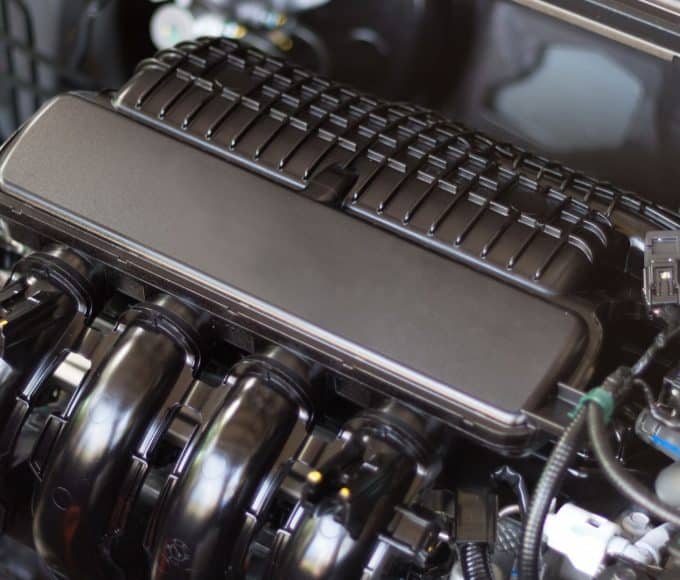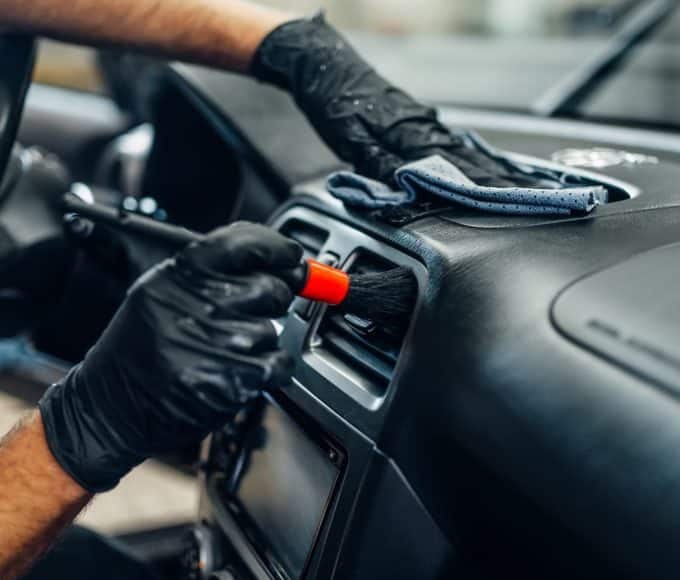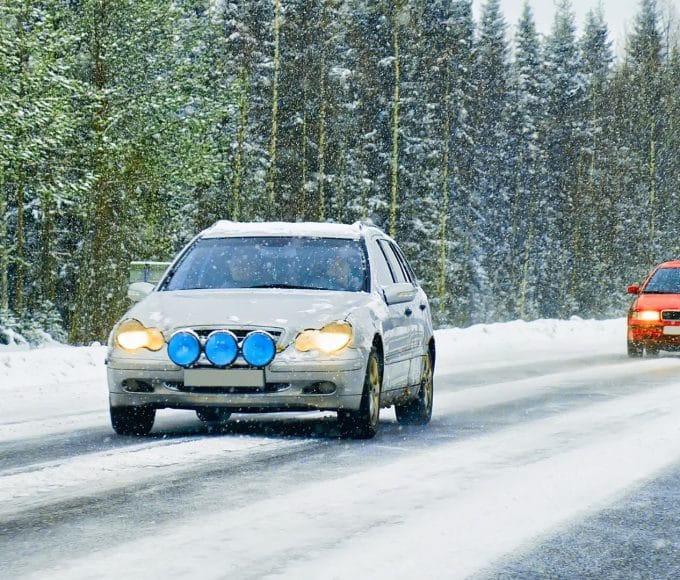It can be hard to tell when a vehicle is having problems if you do not know what to look out for. However, there are certain signs you can look out for to discover problems early. This will be a guide on how to tell if your bearings are bad to avoid causing damage to your vehicles, ultimately affecting your driving.
Video Overview
Noises while driving
The best way to tell if you have damaged bearings is by the sound they create when you drive. The sound can vary depending on the type and exact nature of the worn bearings. Some people describe the sound as a rumbling or humming while others hear a rattling or clicking. You should be on the lookout for any changes in the sound that comes from your vehicle or wheels.
Veering when driving
Another sign of damaged or worn bearings is the handling of the vehicle. If you notice that the steering of your vehicle is not as responsive or delayed, or if the vehicle sometimes veers a bit off to the right or left, a bad bearing can be the cause. This is something that you should fix immediately, as it can impact your ability to safely drive. It also can lead to more serious damage to the car as the veering represents an uneven balance to the car which puts more stress on some parts.
Fixing your vehicle
Once you have identified that your bearings might be bad, it is time to bring your vehicle in for repair. It is important not to wait around and ignore this because the damage can quickly spread to the other parts of the vehicle. When repairing a bearing, it will most likely be necessary to use a puller tool to remove the bearings and switch out with a new set. After this, you should no longer hear the same sounds and you shouldn’t experience any veering while driving. If these problems persist, it may be a different aspect of your car that needs repair.
Now that you know how to tell if your bearings are bad, you can help take better care of your vehicles. Just be sure to do regular checks on the sound and steering of your vehicle to make sure it is safe to drive.
















Leave a comment